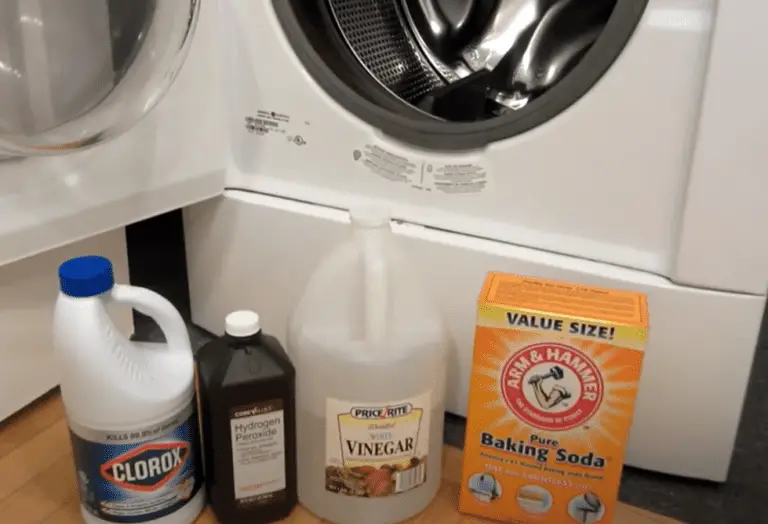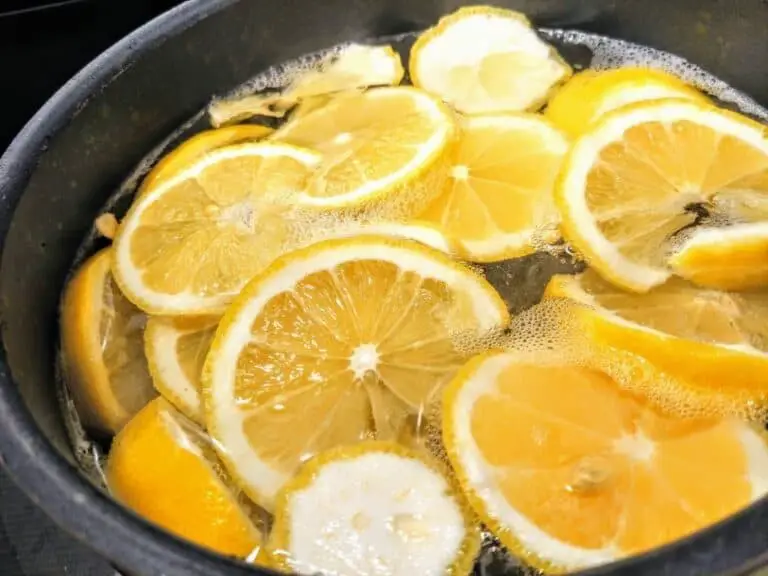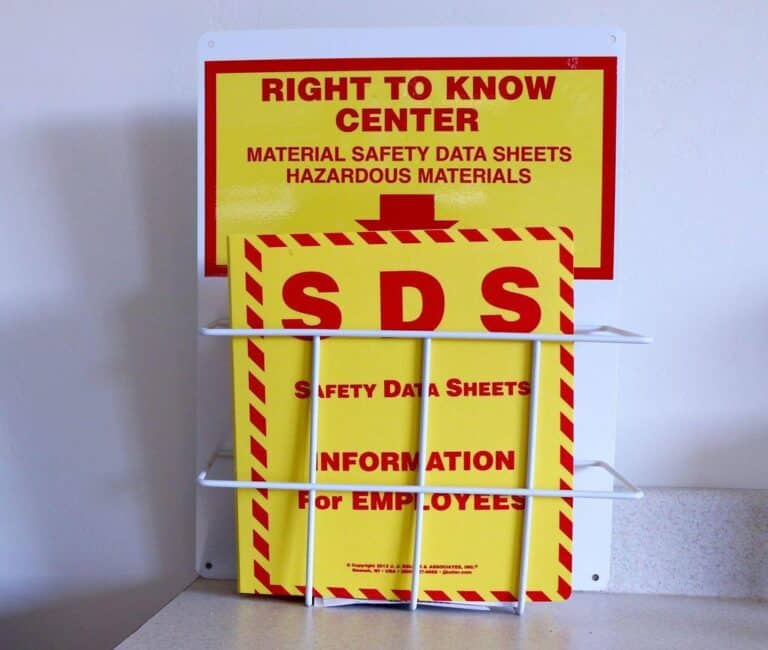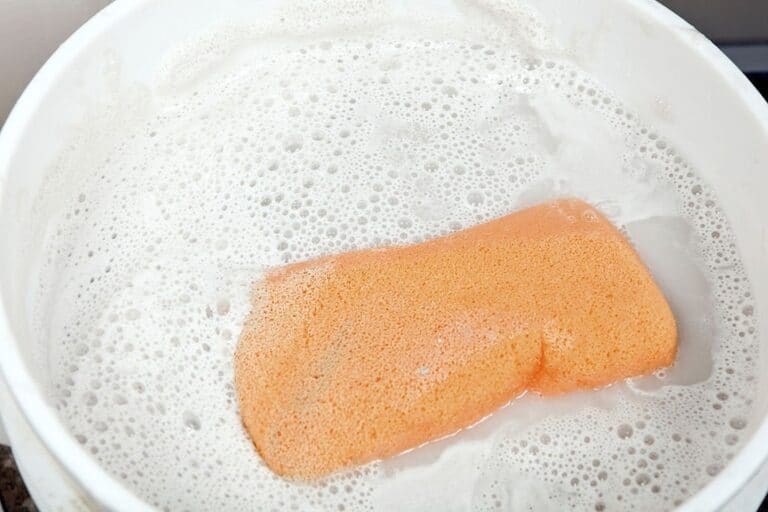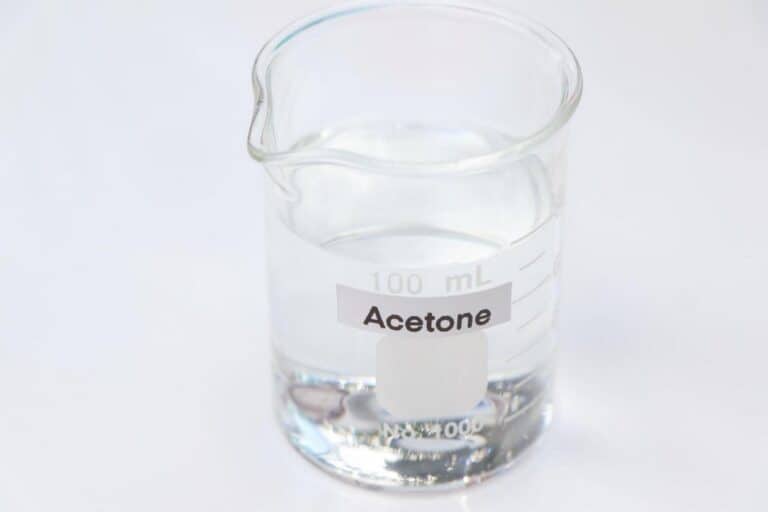Will Water Neutralize Muriatic Acid? Best Way To Neutralize Muriatic Acid

Muriatic acid is a powerful and potentially dangerous chemical that is commonly used in various industrial and household applications. Its ability to dissolve materials and clean surfaces has made it a popular choice among DIY enthusiasts and professionals alike. However, if not handled correctly, it can cause serious harm to the user and the environment.
One of the most frequently asked questions about muriatic acid is whether water can neutralize it. While water can help dilute the acid, it cannot fully neutralize it. In fact, adding water to muriatic acid can create heat and fumes that can be harmful to the user.
So, what is the best way to neutralize muriatic acid? In this article, we will explore the different methods and substances that can be used to neutralize muriatic acid safely and effectively. Whether you are dealing with a small spill at home or working with large quantities of acid in an industrial setting, we’ve got you covered.
So, let’s dive in and discover the best way to neutralize muriatic acid, and why water alone is not enough.
The Basics of Muriatic Acid and Its Usage
Muriatic acid, also known as hydrochloric acid, is a highly corrosive, clear liquid with a pungent odor. It is one of the most commonly used acids in various industries, including chemical manufacturing, oil refining, and metal processing. The process of making acid involves dissolving hydrogen chloride gas in water to produce a solution with a pH of between 0.5 and 1.0.
The acid’s strength and corrosive properties make it a powerful cleaning and etching agent for a variety of surfaces, including concrete, metals, and brickwork. It is often used to remove rust, scale, and other deposits from metal surfaces and to clean masonry and other types of hard surfaces. In addition, it is used in the production of a wide range of chemicals, including plastics, pharmaceuticals, and fertilizers.
Muriatic acid is a powerful acid that can cause severe chemical burns and damage to the skin, eyes, and respiratory system if not handled carefully. It can also react with other chemicals, including some metals, to produce toxic fumes and other hazardous byproducts. Due to its hazardous properties, it is important to handle muriatic acid with caution and follow proper safety protocols.
When using muriatic acid for cleaning or other purposes, it is important to dilute the acid to an appropriate concentration for the specific application. The acid should be slowly added to the water while stirring, to prevent splashing and heat generation. It is also important to work in a well-ventilated area and wear appropriate personal protective equipment, such as gloves, eye protection, and a respirator.
In addition to its industrial uses, muriatic acid is also commonly used by homeowners and DIY enthusiasts for a variety of cleaning and maintenance tasks. It can be used to clean pool tiles, remove scale and deposits from plumbing fixtures, and etch concrete surfaces for painting or staining. However, it is important to follow proper safety protocols and use the acid only as directed.
Can Water Neutralize Muriatic Acid?
Muriatic acid, also known as hydrochloric acid, is a highly corrosive and dangerous chemical that should be handled with caution. When muriatic acid comes into contact with water, a chemical reaction occurs that releases heat and creates fumes. This reaction can be dangerous and cause burns, respiratory problems, and even explosions.
Water alone cannot neutralize muriatic acid completely. In fact, adding water to muriatic acid can make the situation worse by increasing the heat and fumes. A dangerous and unpredictable situation can arise when water and muriatic acid react, producing heat that can cause the acid to splash, spatter, or boil.
| WARNING ! ⃝ √ |
|---|
| If you accidentally spill muriatic acid on a surface, it’s important to take immediate action to minimize the risks and damage. The first step is to protect yourself by wearing protective gloves, eyewear, and clothing. You should also ensure that the area is well-ventilated to avoid inhaling hazardous fumes. Once you have taken the necessary safety precautions, the next step is to neutralize the acid. While water alone cannot neutralize muriatic acid, there are some materials that can be used to safely neutralize it. Baking soda, limestone, washing soda, and ammonia solution are some common materials that can be used to neutralize muriatic acid. |
Best Way To Neutralize Muriatic Acid
The best way to neutralize muriatic acid depends on the specific situation and the materials involved. Here are some methods and materials that can be used to safely neutralize muriatic acid:
1. Sodium bicarbonate (baking soda)
Sodium bicarbonate, also known as baking soda, is a common household item that can be used to neutralize muriatic acid. It is a mild alkali that reacts with muriatic acid to form carbon dioxide, water, and salt. Here are the steps to use baking soda to neutralize muriatic acid:
- Put on protective gloves and eyewear.
- Sprinkle baking soda over the spill or affected area until it is covered with a thick layer.
- Let the baking soda sit for a few minutes to react with the acid.
- Use a brush or broom to sweep the neutralized mixture into a dustpan and dispose of it properly.
2. Calcium Carbonate (Limestone)
Calcium carbonate, also known as limestone, is another alkaline material that can be used to neutralize muriatic acid. It reacts with the acid to form calcium chloride, water, and carbon dioxide. Here are the steps to use limestone to neutralize muriatic acid:
- Put on protective gloves and eyewear.
- Sprinkle limestone over the spill or affected area until it is covered with a thick layer.
- Let the limestone sit for a few minutes to react with the acid.
- Use a brush or broom to sweep the neutralized mixture into a dustpan and dispose of it properly.
3. Sodium Carbonate (Washing Soda)
Sodium carbonate, also known as washing soda, is a stronger alkali than baking soda and can be used to neutralize more concentrated muriatic acid. It reacts with the acid to form sodium chloride, water, and carbon dioxide. Here are the steps to use washing soda to neutralize muriatic acid:
- Put on protective gloves and eyewear.
- Dissolve washing soda in water according to the manufacturer’s instructions.
- Slowly pour the solution over the spill or affected area until it is covered with a thick layer.
- Let the solution sit for a few minutes to react with the acid.
- Use a brush or broom to sweep the neutralized mixture into a dustpan and dispose of it properly.
4. Ammonia Solution
Ammonia solution, also known as ammonium hydroxide, is a weak alkali that can be used to neutralize small spills of muriatic acid. It reacts with the acid to form ammonium chloride and water. Here are the steps to use ammonia solution to neutralize muriatic acid:
- Put on protective gloves and eyewear.
- Dilute ammonia solution with water according to the manufacturer’s instructions.
- Slowly pour the solution over the spill or affected area until it is covered with a thin layer.
- Let the solution sit for a few minutes to react with the acid.
- Use a brush or broom to sweep the neutralized mixture into a dustpan and dispose of it properly.
5. Professional Neutralizing Agents
If the spill or accident involves a large amount of concentrated muriatic acid or if you’re unsure about the best way to neutralize it, it’s recommended to contact a professional hazardous materials cleanup service. They have the expertise, equipment, and neutralizing agents to safely handle and dispose of the hazardous materials.
How Long Does It Take Muriatic Acid To Neutralize in Water?
The time it takes for muriatic acid to neutralize depends on several factors, including the amount of acid spilled, the type of neutralizing agent used, and the concentration of the acid. Typically, it takes approximately 15 minutes for muriatic acid to neutralize itself once a neutralizing substance is added to it. However, this time frame can vary depending on the above-mentioned factors.
It is important to note that simply adding water to muriatic acid will not neutralize it completely. As mentioned earlier, the reaction between water and muriatic acid can create heat and fumes, which can be hazardous. Therefore, it is necessary to use a neutralizing agent to safely neutralize the acid.
The most commonly used neutralizing agents for muriatic acid are baking soda, limestone, washing soda, and ammonia solution. These agents work by reacting with the acid and neutralizing its corrosive properties. Once the acid has been neutralized, it can be safely disposed of.
When using a neutralizing agent, it is important to follow the manufacturer’s instructions and use the appropriate amount of the neutralizing agent. Adding too much or too little of the neutralizer can affect the time it takes for the acid to neutralize. It is also important to ensure that the neutralizing agent has completely reacted with the acid before attempting to dispose of it.

